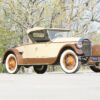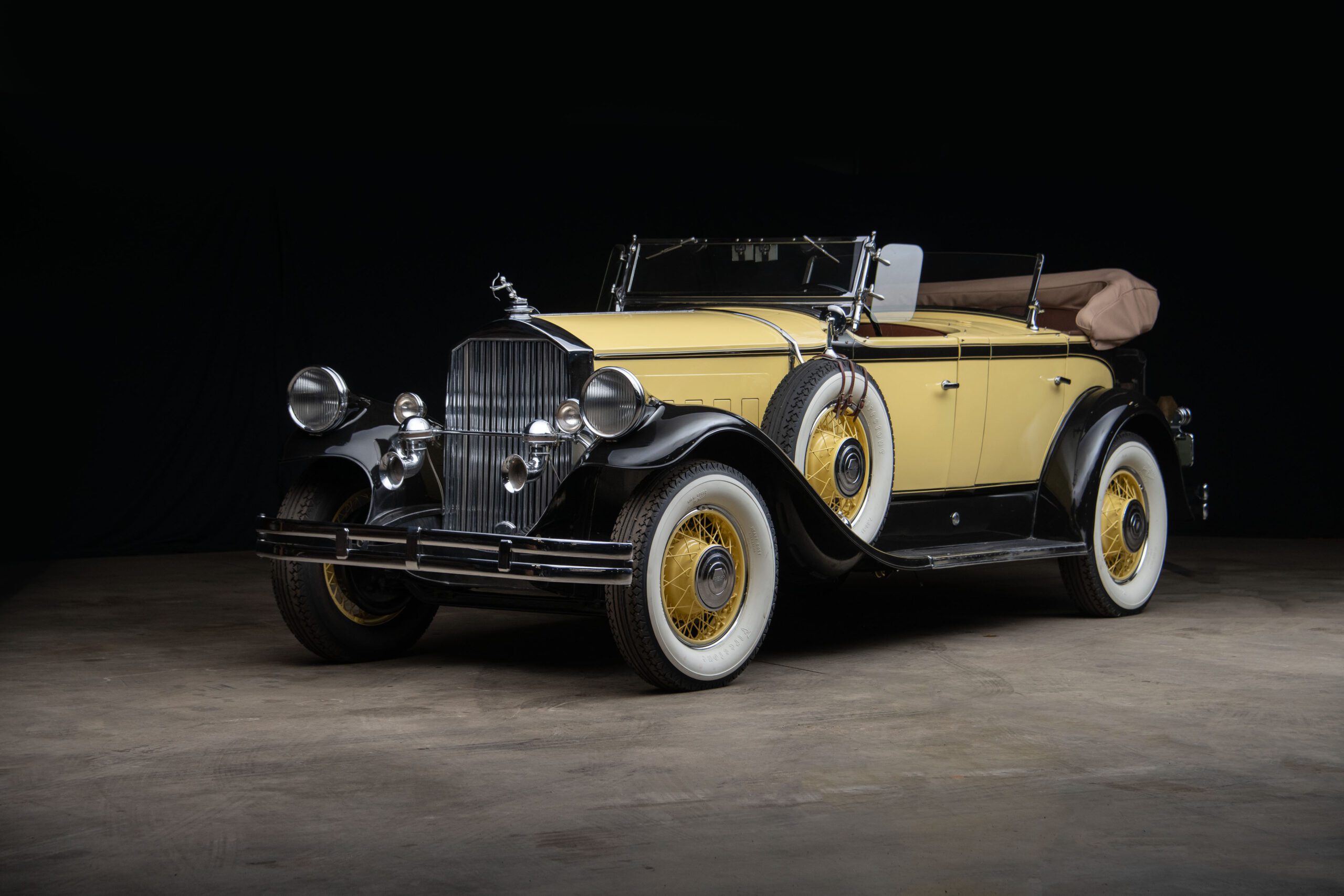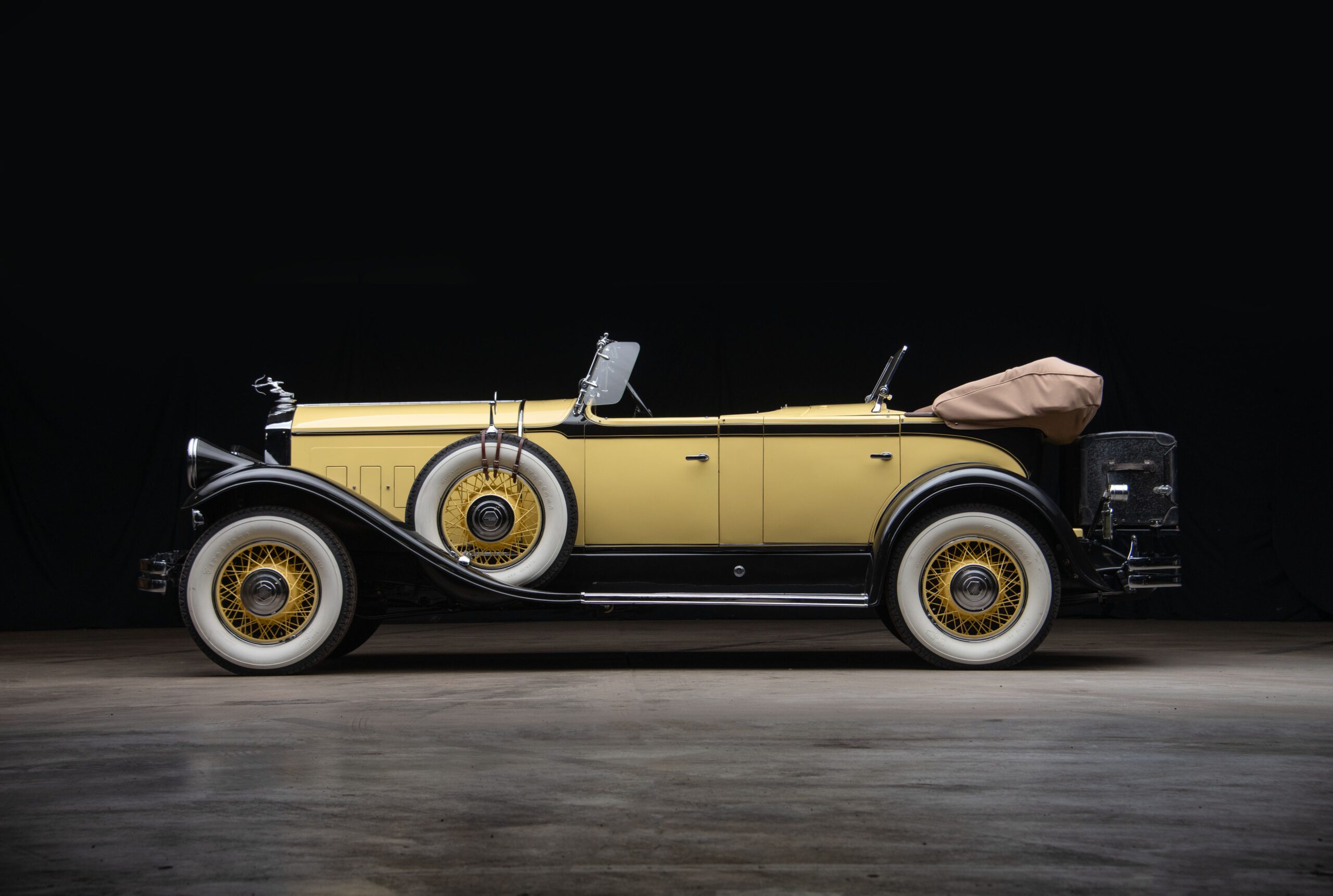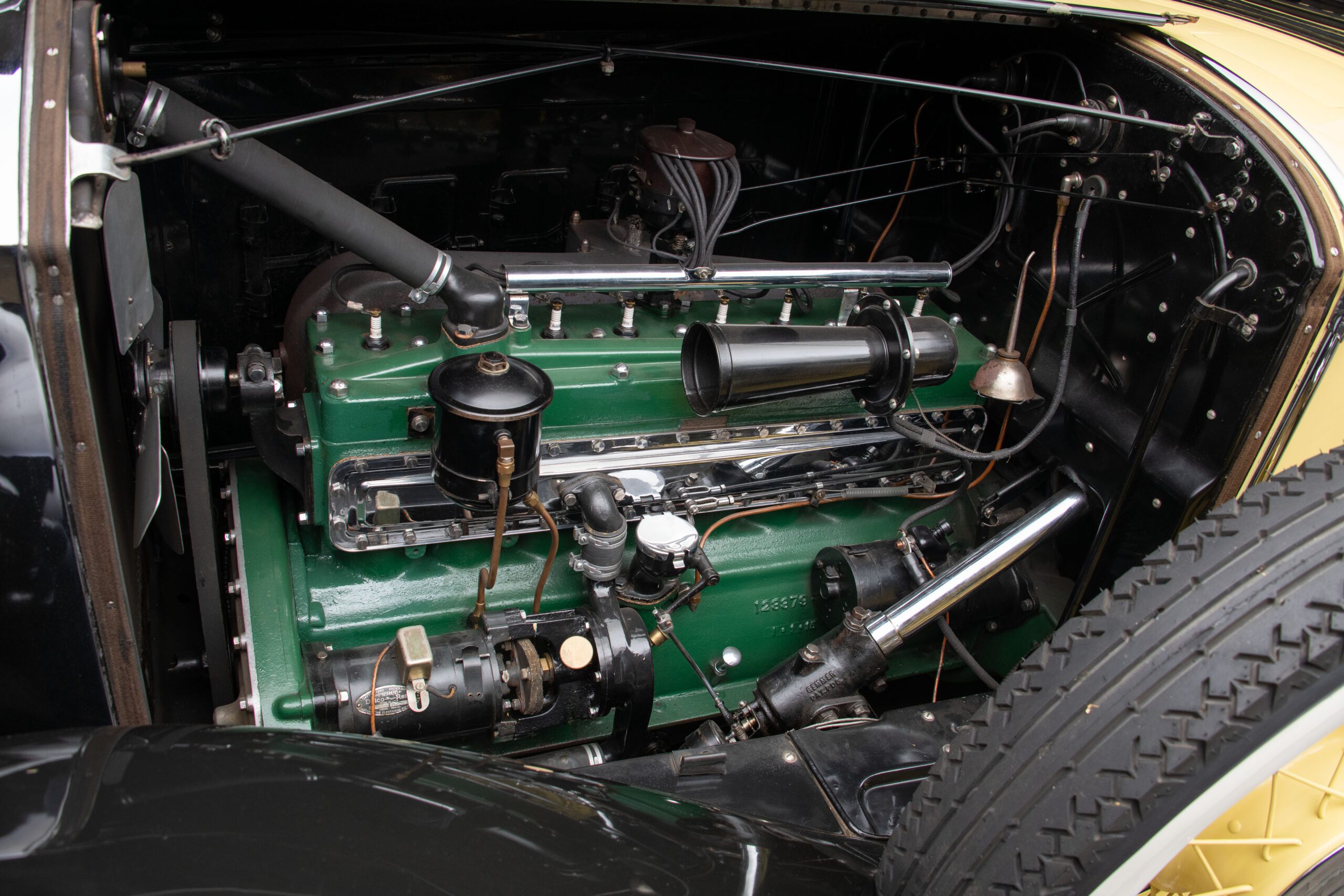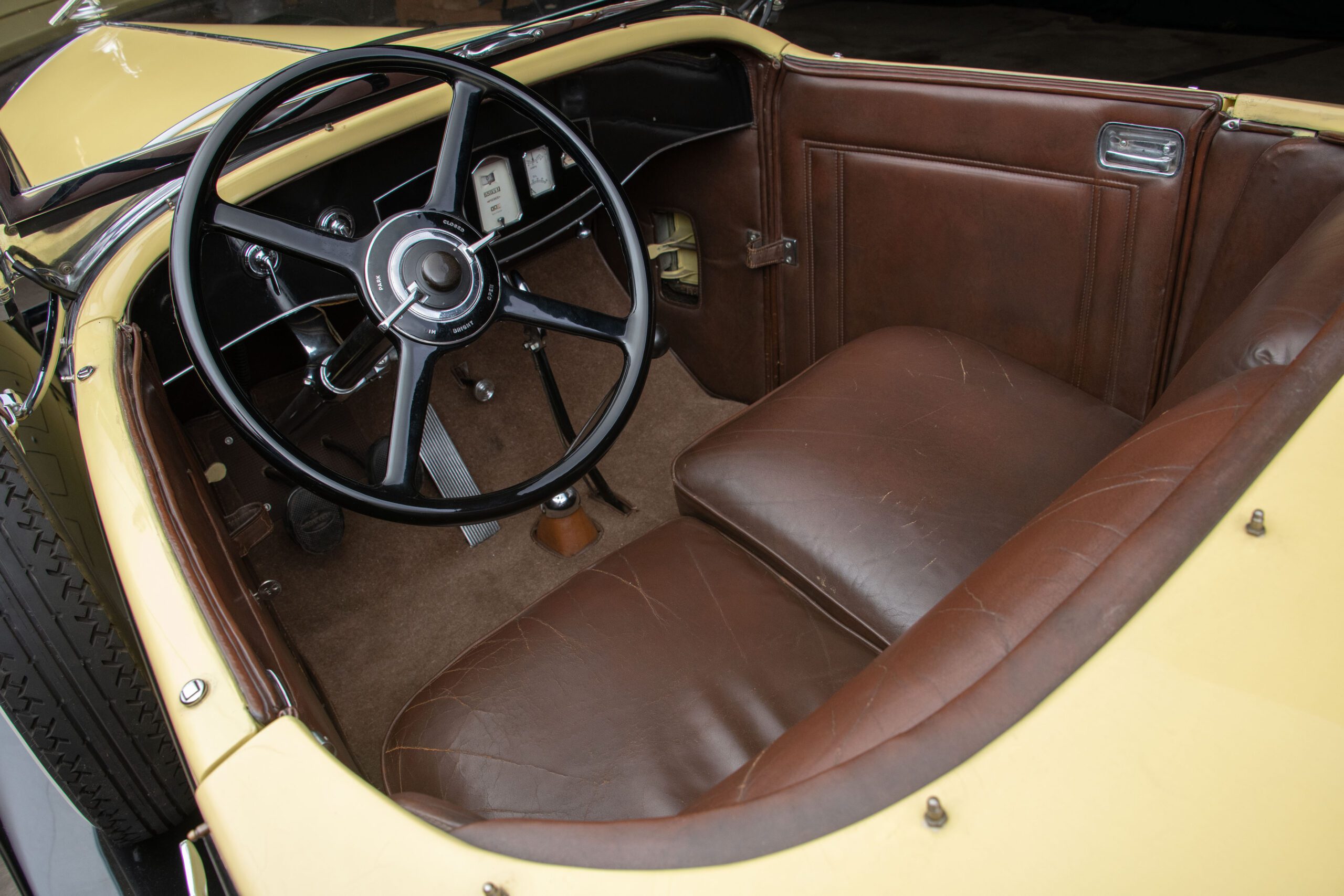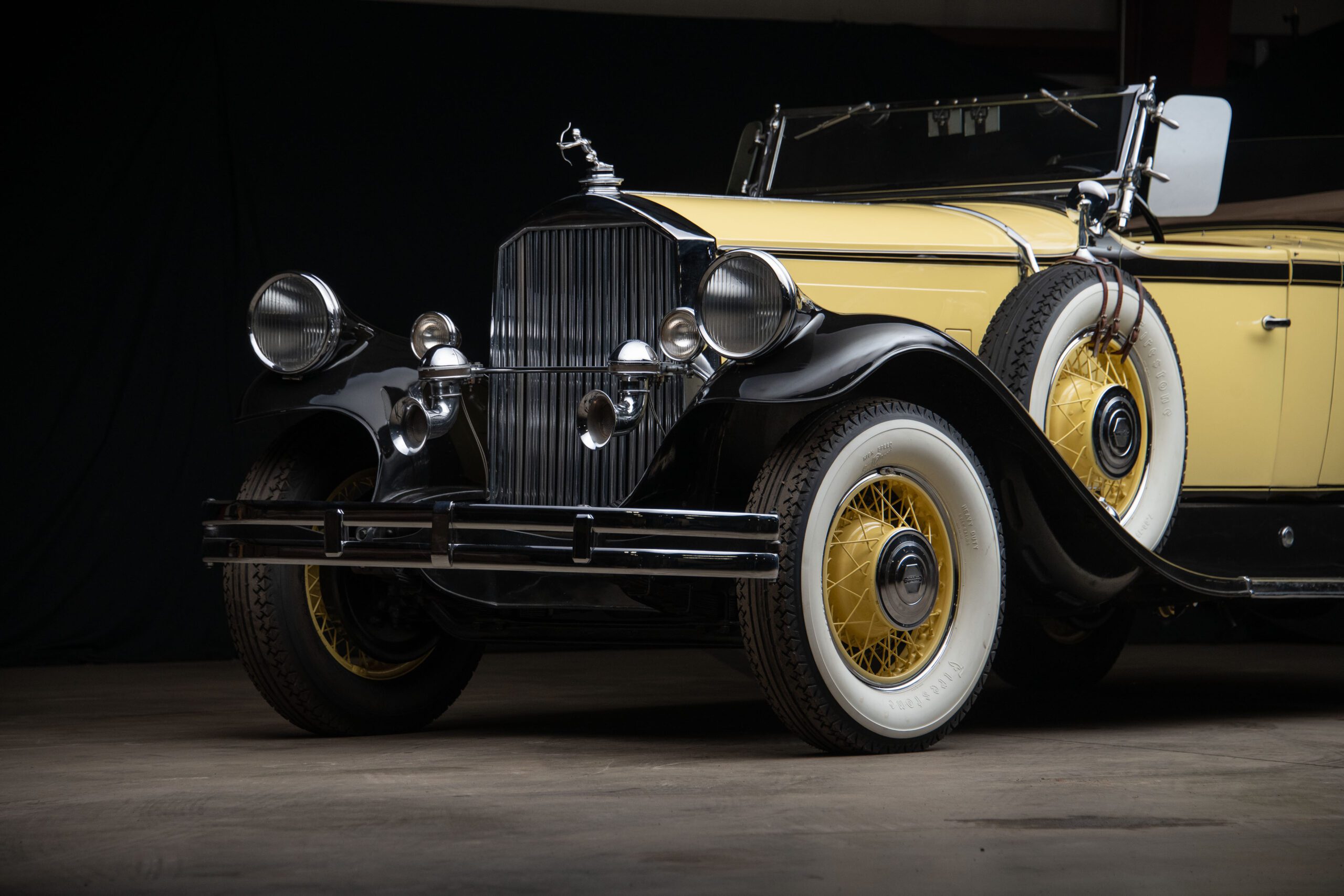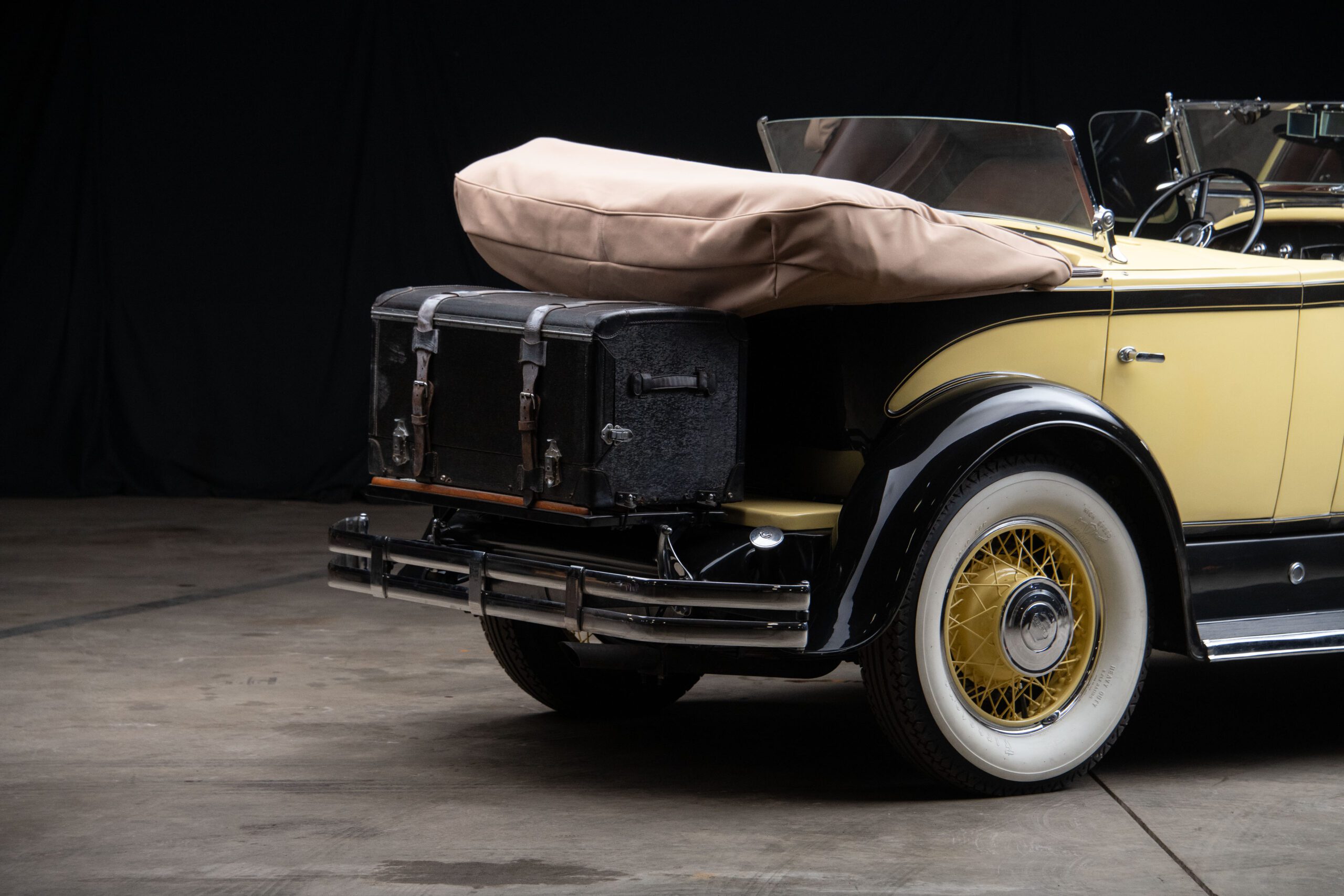From 1901 to 1938, Pierce-Arrow established itself as a paragon of automobile quality, mentioned in the same breath as esteemed brands like Packard, Auburn, and Cadillac. However, by 1928, financial constraints plagued the company, despite its reputation and a production capacity of 15,000 cars annually. The formidable T-head six-cylinder engines, though powerful, were costly and lacked the allure of competitors’ straight-eight and V-8 engines.
Facing a promising yet unrealized L-head straight-eight engine development due to financial constraints, Pierce-Arrow found a savior in Studebaker. In a strategic merger, Studebaker assumed control of over 90 percent of Pierce-Arrow shares, injecting $2 million in crucial funds in 1928. This financial infusion marked the beginning of a beneficial alliance.
With Studebaker’s backing, Pierce-Arrow overcame its financial hurdles and unleashed two new straight-eight-powered model ranges in 1929—the Model 133 and Series 143. The revolutionary 366-cubic-inch straight-eight engine, distinct from Studebaker’s design, boasted nine main bearings, generating 125 horsepower and 250 lb.ft. of torque. Pierce-Arrow engineers incorporated pioneering features like a Lanchester vibration damper, replaceable oil filter, and mechanical fuel pump.
The restyled 1929 models, marked by modernity and conservative elegance, became a sensation. Equipped with innovations such as a hypoid axle and shatterproof glass, these cars, available in various configurations, found unprecedented success. The collaboration with Studebaker and the introduction of the groundbreaking straight-eight engine propelled Pierce-Arrow to new heights, attracting nearly 9,000 new customers and securing its position as a leading player in the automotive industry.
Photo Source: RM Sotheby’s



